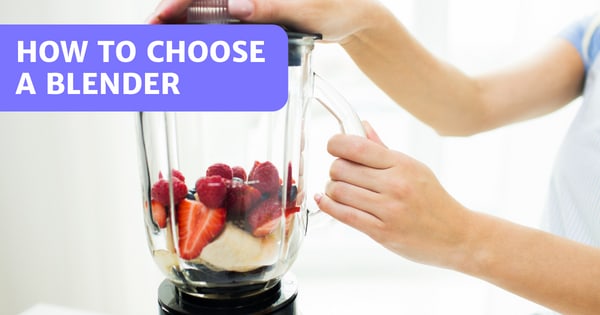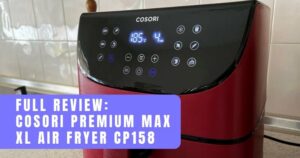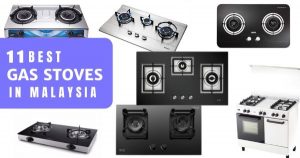If you’re on the hunt for a quality blender, you’re in luck as this guide will let you know exactly what qualities and features to look for in a blender.
And how to find one that best suits your needs and lifestyle!
Ready to get started?
Table Of Contents:
How To Choose The Right Blender
Choosing a blender is not as simple as picking the first one you see. Not all blenders are versatile – some are only suitable for making smoothies!
While others come with accessories that make them more versatile in the kitchen.
Don’t forget to consider what appliances you already have in your kitchen (e.g., food processor) that may be able to do the same job!
1. Size First
This is straightforward:
Don’t buy a blender for 14 cups if you’re only staying on your own. Or if you’re the only one in your household who plans to make smoothies.
Likewise, if you are staying with others, ask them if they will use the blender too!
The smallest size that is available in the market can be 3 cups.
2. Speed And Power
This ties in with how smooth you want your blends to be. Moreover, not all blenders are able to crush ice.
For a huge variety of blends, you may appreciate multiple speed settings. A pulse button is a plus!
Get a blender with at least 500 W for smoothies and milkshakes!
3. Other Features To Look For
Don’t forget to check what else comes with the blender. These may be:
- Attachments like stirrers or a dry mill (for blending spices!)
- Warranty for the motor
Oftentimes, spare parts for the blender model will not be available so it’s nice to have warranty for the motor! Motor and blades are the first to go for a blender.
4. Budget
Price normally goes hand in hand with the number of features the blender has. Along with the build quality. There are blenders made of plastic and others of glass.
The average price for a reliable blender in Malaysia is between RM100-550.
5. Types Of Blenders
Bet you didn’t know there were so many types of blenders available in the market!
5.1. Kitchen Blenders
Larger countertop blenders are for making purees and other liquid blends. Like fruit smoothies with crushed ice! Also called jug blenders.
They are stable but also tend to take up a lot of space. Think twice if you don’t have space to store one.
5.2. Handheld Blenders
If you don’t mind slightly chunky blends, immersion blenders (or stick blenders) are highly convenient as they reduce the items you have to wash!
You just need to stick them into any wide-mouth bottle or jar and blend away. Because of their slim design, they are pretty versatile in how you can use them too.
Some food processor kits may come with one of these.
5.3. Personal Blenders
Otherwise known as single-serve blenders, these are just the thing if you want to blend a smoothie or breakfast shake for yourself.
5.4. Blender Bottles
Their compact design means they’re ideal to take on the way to work or the gym!
To keep the designs travel-friendly (i.e., compact and wireless), these types of blenders are usually chargeable via USB. And hence, they’re nowhere near as powerful as countertop blenders.
Therefore, portable blenders are mainly made for handling powder blends. Like protein and other nutritional shakes!
5.5. Blender Combo Systems
Is a food processor on your list of essential kitchen appliances? Why not get a blender that can double as a food processor too?
This way, all your accessories will match too. And you won’t have several chunky motor bases taking up space in your kitchen.
How To Clean And Maintain Your Blender
Blenders will eventually wear out with frequent use. But to keep yours lasting as long as possible, it pays off to spend a little time and effort to look after your blender.
PS: Some fancy blenders have their own dedicated cleaning function.
Always double-check the manual for the correct method to assemble and disassemble your blender for cleaning.
- Disassemble and wash the container, lid and blades gently with soap and water. By right, you should be doing this after every use of the blender.
- If soap and water don’t remove lingering smells, try blending lemon slices with some water before rinsing out the container.
- The base of the blender will probably be fine with regular wipe downs. Rather than a full wash. You don’t want to ruin the metal and electronic components.
- Avoid throwing in excessively large pieces into your blender. These will wear out the blades and motor faster.
Conclusion
With this guide, you’ll know how to choose a blender, how to care for it, and what types are available in the market too.
And hence, you can make an informed decision on which blender to bring home!
Still confused about which blender model to get? See our recommendations for the best blenders in Malaysia.




